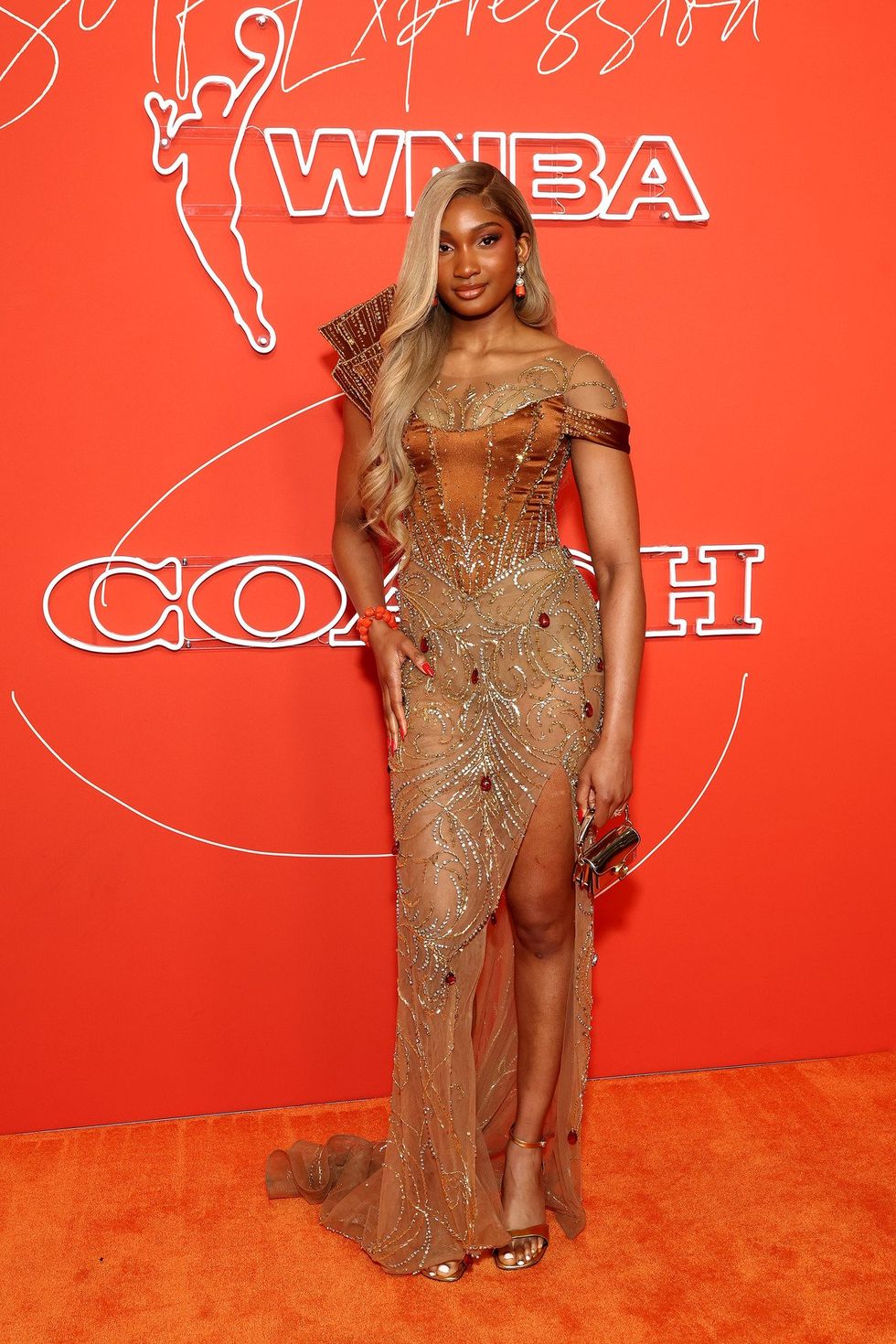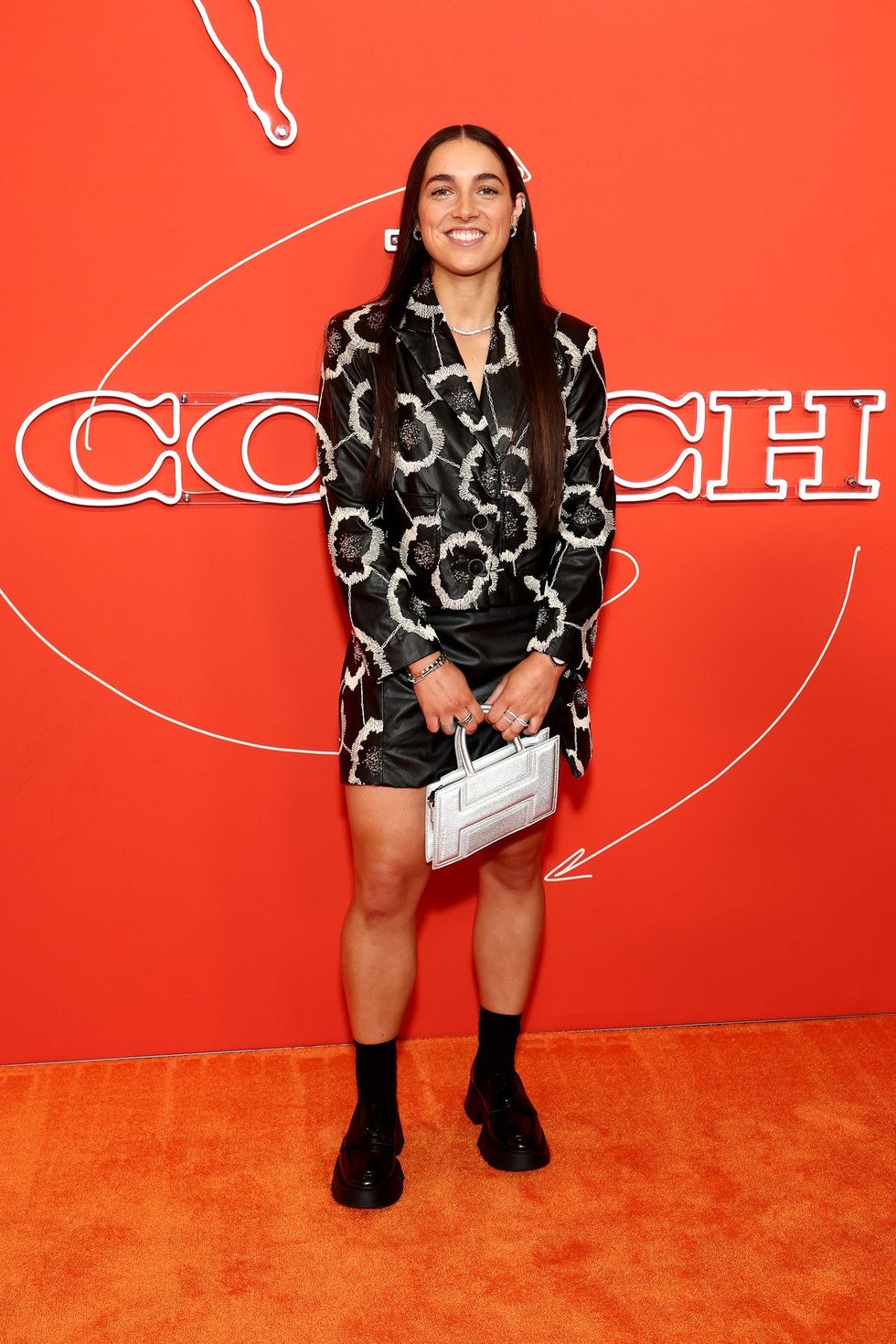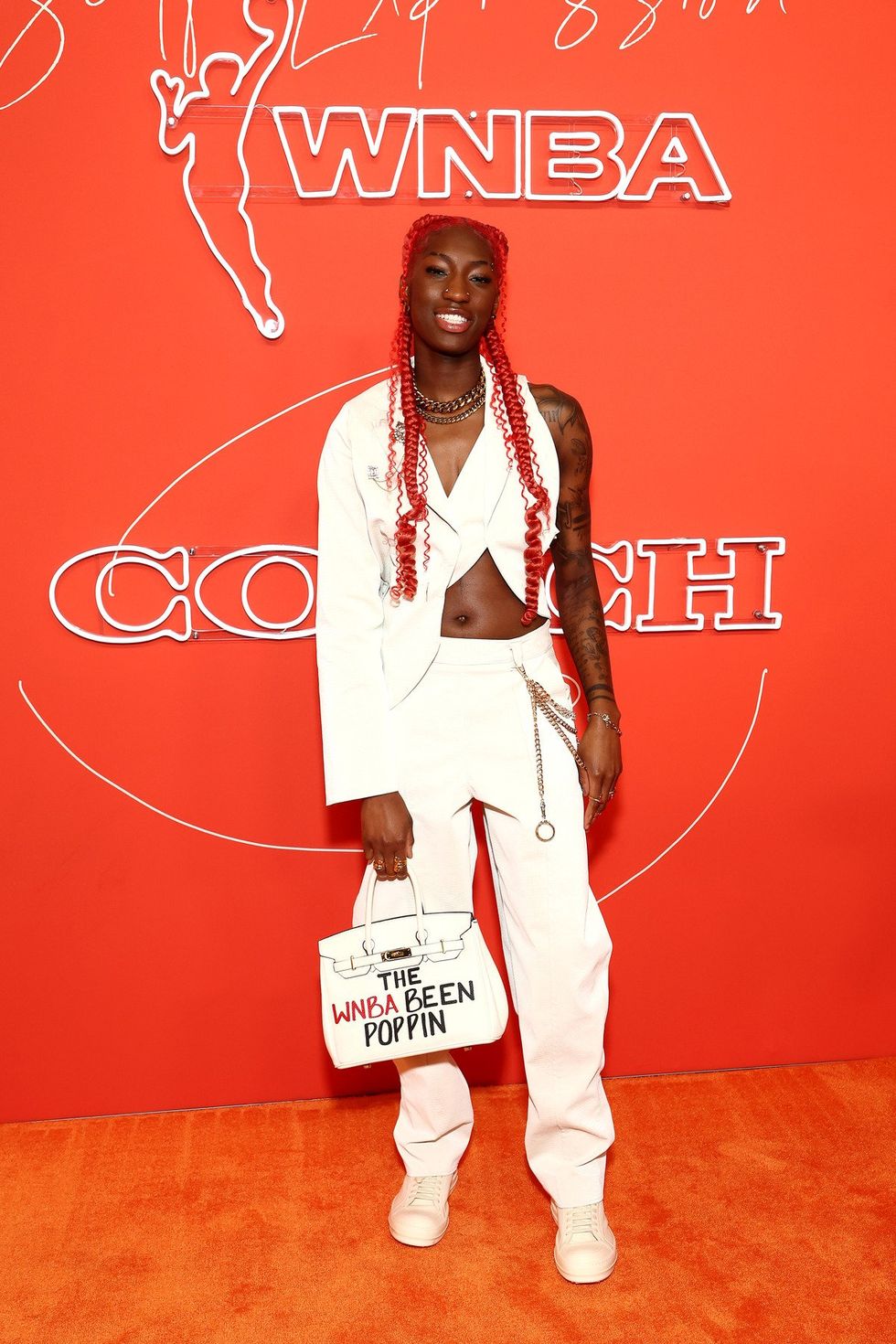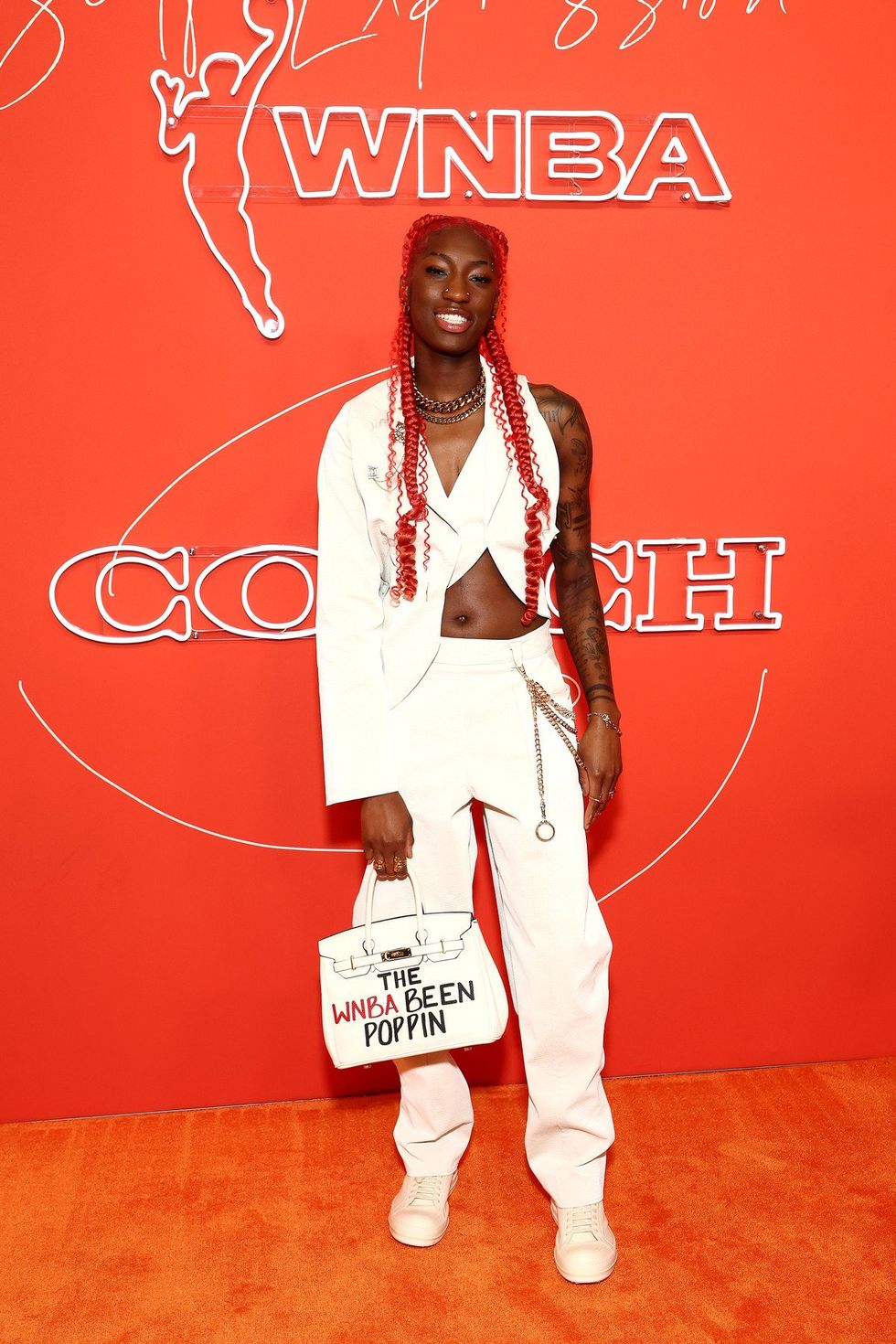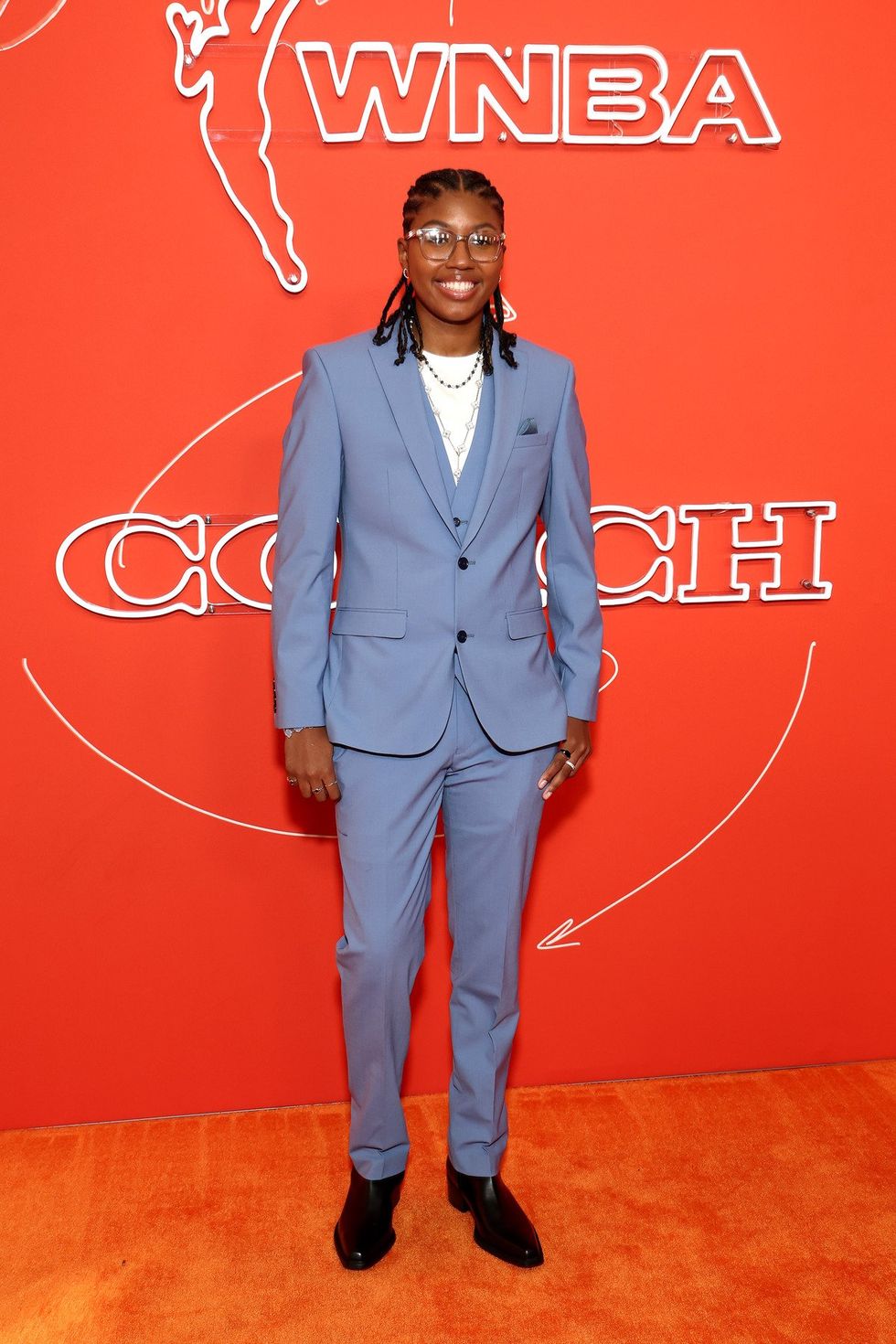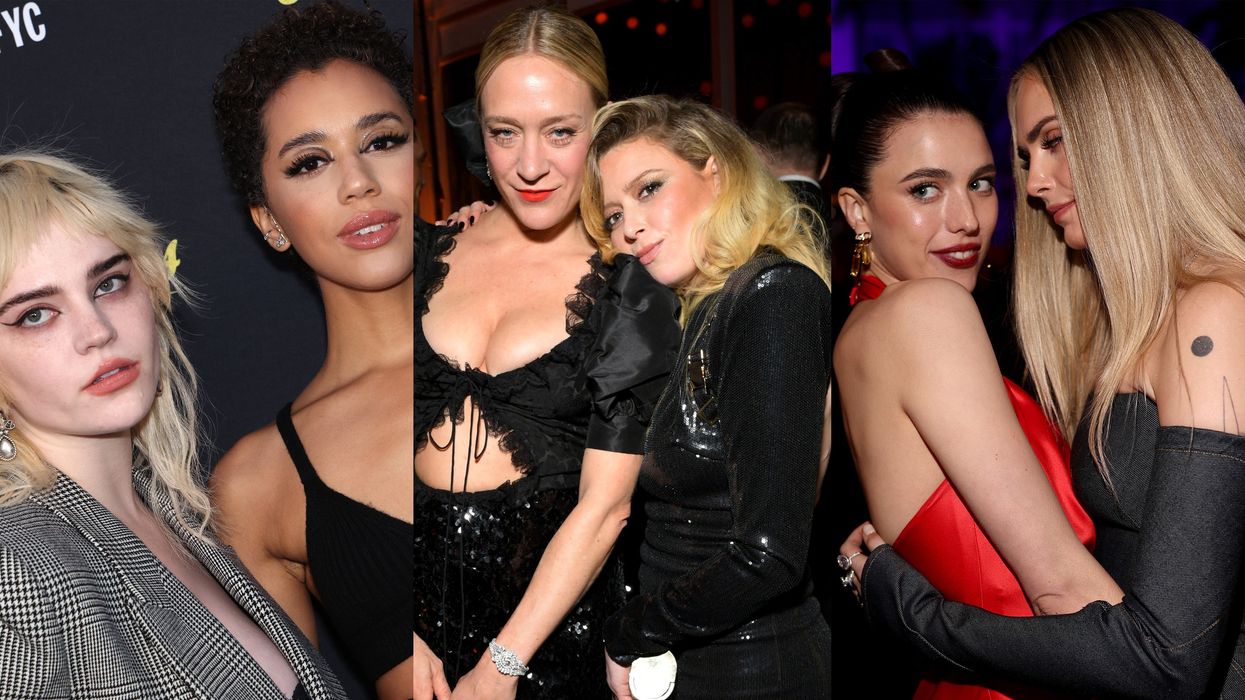March 8 is International Women’s Day — a celebration of the economic, political, and social achievements of women. In more than 50 countries, International Women’s Day is a national holiday.
Observance of International Women’s Day was formally established in 1911, following rallies and protests by women globally, including in the U.S., for voting rights and fair wages.
We don’t celebrate International Women’s Day here in the U.S., but we should. Women’s rights remain at risk, as the GOP’s war on women has made quite clear. And while there are small victories here and there — on Tuesday Wendy Davis won the Democratic gubernatorial primary in Texas, the first woman to do so since Ann Richards in 1994 — the status of women in America has either flatlined or is moving backward.
In 1908, 15,000 women took to the streets of New York City to demand fair wages and better working conditions. But it was the Triangle Shirtwaist Factory fire on March 25, 1911, which killed 146 garment workers, 126 of them women and girls, that focused attention on the plight of women workers. The devastating fire, still one of the worst industrial accidents in U.S. history, spurred the International Ladies’ Garment Workers’ Union to secure better working conditions for women.
That was 103 years ago. Today in the U.S., women are still fighting the same battles they were at the turn of the last century. Workplace dangers, like the conditions that sent all those mostly immigrant women and girls — the youngest only 14 — plunging to their deaths, their hair and skirts on fire, from the eighth, ninth, and 10th floors of the Asche Building in Washington Place in New York City, are still very much an issue.
In 2014, despite gains women workers have made since 1911, women still face job discrimination. Lesbians and immigrant women have little or no job protection — they are at the same level of risk as women working in those factories in the early 20th century.
On Thursday, three senators — Tammy Baldwin, Tom Harkin and Jeff Merkley — once again urged President Obama to sign an executive order making the Employment Non-Discrimination Act law for companies that contract with the federal government. ENDA has languished since it was first introduced in 1994. It has been introduced in every Congress since then except the 109th.
Baldwin, the first openly gay U.S. senator, wrote to President Obama with Merkley and Harkin, "We are writing to urge you to fulfill the promise in your State of the Union Address to make this a ‘year of action’ and build upon the momentum of 2013 by signing an executive order banning federal contractors from engaging in employment discrimination against lesbian, gay, bisexual and transgender Americans. As you have said before, ‘now is the time to end this discrimination, not enable it.’"
The senators have stated that while an executive order would not have as far a reach as Congress passing the bill, it would provide impetus for Congress to do so. Employment discrimination against LGBT people is legal in 33 states, which means employers can harass and fire LGBT workers with no legal repercussions.
As unsafe as conditions are for lesbians in employment, they are even more so for immigrant women — just like the situation of the Italian and Jewish immigrant women and girls who died in the Triangle Shirtwaist Factory fire. The LGBT organization GetEQUAL is fighting for immigrants’ rights as well as LGBT rights. Many LGBT people have been among those deported by the Obama administration, and the rights of LGBT immigrants are currently not protected.
In 2014, as President Obama noted in his State of the Union Address in January, women still earn less than men — 77 cents for every $1 a man makes for the same job, on average. Over a lifetime of work that adds up to a half million dollars for the average woman. A half million.
And it’s actually worse with more education. Women with Ph.D.'s make an average of 46% less than men with those degrees, according to the U.S. Census Bureau. That’s the same wage gap as the one between women and men who never finished high school.
Of the Fortune 500 companies, only 22, or 4.2 percent, currently have women CEOs, and 135 still do not have a single female executive officer. When Mary Barra was made CEO of General Motors last December, she became the first woman in the world to run a major automotive company. Yet Barra, who has worked at GM for 30 years, is making less than half what her predecessor, Dan Akerson, made. Akerson will continue to make more money than Barra: After he was replaced by Barra, he was hired as a consultant to GM at $4.68 million a year; she only makes $4.4 million.
Barra may be on the high end of the wage scale for women, but if wages for women increase at the rate they have since 1989, it will be another 50 years before women achieve wage parity. Many women are not even making minimum wage, and more women than men have minimum wage jobs.
The wage disparity matters a great deal, as it sends more and more women into poverty every year in America. According to the most recent U.S. Census, poverty rates in the U.S. are highest for families headed by single women — that includes lesbians. In 2010, at the last census, 31.6 percent of households headed by single women were at or below the poverty level, as opposed to 15.8 percent of households headed by single men and 6.2 percent of married-couple households at the poverty level.
That’s the money gap for women. Then there’s the politics.
Among the governors of the 50 states and six territories, only five are women: four Republicans (Arizona, New Mexico, Oklahoma, South Carolina) and one Democrat (New Hampshire).
In Congress, the percentage is nearly as bad. Of the 100 members of the U.S. Senate, there are 20 women, the highest number ever. There is one out lesbian, Tammy Baldwin in the Senate. (Baldwin was previously in the House.) In the House of Representatives, only 79 of the 435 members are women.
Of the 50 largest cities in America, only five have female mayors, and only one of those is mayor of a city in the top 10 — Annise Parker, mayor of Houston, who is also a lesbian. Most of the other 10 ten cities have never had a female mayor. Christine Quinn, president of the City Council in New York City, ran for mayor last year and would have been both the first woman and first lesbian in that post, but she was defeated by Bill DeBlasio.
Women are so underrepresented in political office, if representation of women in Congress continues to move at the pace it has over the past decade, it will take another century to reach equal representation there.
All week, in advance of International Women’s Day, President Obama has been tweeting a women-oriented message each day. On Tuesday he tweeted, "I believe when women succeed, America succeeds #StandWithWomen."
That tweet is a great sound bite, but Obama’s own administration refutes his assertion.
Only three of the 15 members of his Cabinet are women, only one of whom was also in his first administration. There has never been a female White House chief of staff, and Obama’s choices for press secretary have all been men.
Obama had been urged to nominate Gen. Ann Dunwoody for Secretary of Defense instead of Chuck Hagel, but he pushed for Hagel, who is also a Republican. Dunwoody, the first female four-star general, had far more experience both in the trenches and in the Pentagon than Hagel, despite being six years younger, and is the highest-ranking woman general. She has served in the military since 1975, including service in the Gulf War, whereas Hagel only served for two years. And of course her nomination would have made history.
Obama also nominated Larry Summers, embroiled in scandal over his sexist extremism at Harvard University, to be chair of the Federal Reserve. Yet the most qualified person was a woman, Janet Yellen. Yellen was Obama’s choice only after Summers withdrew due to ongoing controversy. She is now the first woman to head the Fed.
Yet Obama was elected by women: 55 percent of women voted for him versus 47 percent of men. He should have put more women in his Cabinet. Or borrowed those binders full of women Mitt Romney bragged about.
The discrimination women faced a century ago, the discrimination that led to the ghastly Triangle fire, has not ceased. Every day lesbians are fired from their jobs just for being who they are. Every day lesbian immigrants are deported from the U.S. back to Central and South America.
The reasons for International Women’s Day remain as salient and essential as they were a century ago. Our political leadership is overwhelmingly male, the CEOs are male, even a president elected by women merely pays lip service to who we are and what we need. Will Obama sign that executive order on ENDA? Or will he just send out another tweet?
On International Women’s Day, take to the metaphoric streets — voice your outrage at women’s 19th-century status in 21st-century America on social media. Tell the president and Congress and your local politicians how you feel. Demand an end to the wage gap.
Women have died to move other women forward, to get equality for women. Honor those women this year by demanding equality from those who are holding us hostage to another era. Honor those women and yourselves by refusing to be silent about the fact that we are still second-class citizens in a First World nation.
Victoria A. Brownworth is an award-winning journalist, editor and writer. She has won NLGJA and Society of Professional Journalists awards as well as the Lambda Literary Award, and she has been nominated for the Pulitzer Prize. She is a regular contributor to The Advocate and SheWired, a blogger for The Huffington Post, and a contributing editor for Curve magazine, Curve digital, and Lambda Literary Review. Her book From Where We Sit: Black Writers Write Black Youth won the 2012 Moonbeam Award for Cultural/Historical Fiction. Her collection of vampire stories, Night Bites, has been published in several languages. Her novel After It Happened will be published in the fall. @VABVOX
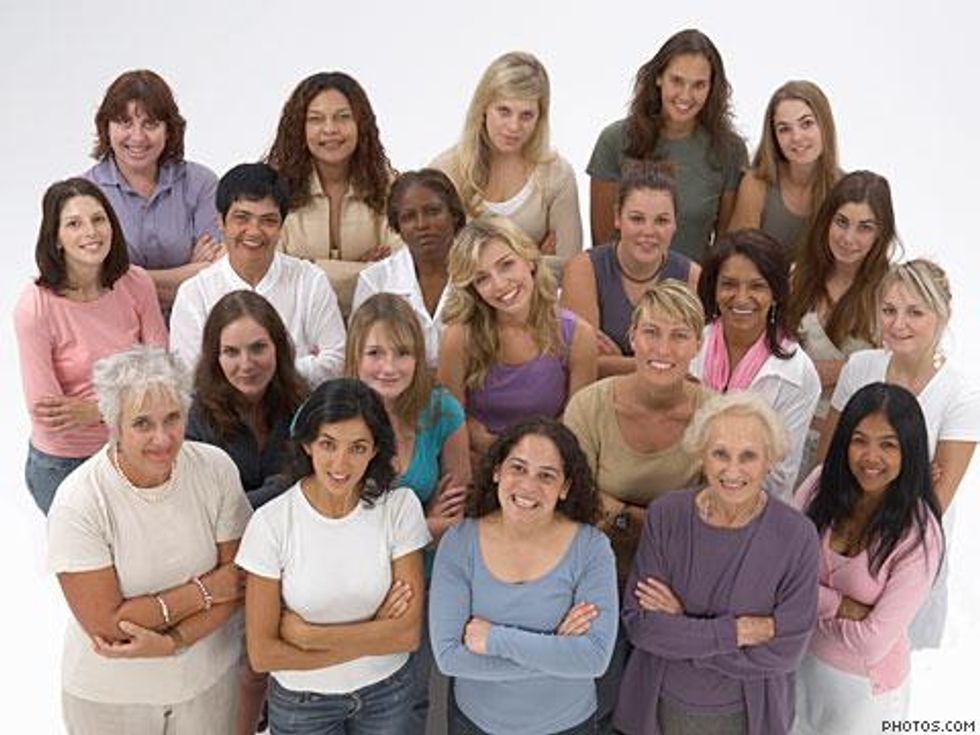




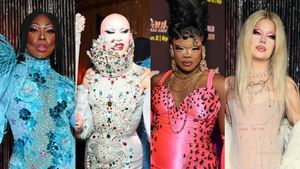








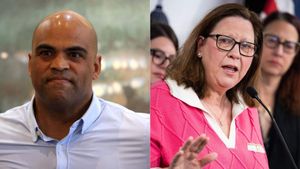


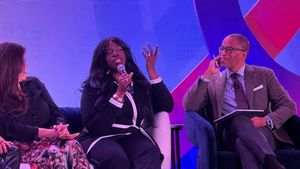




















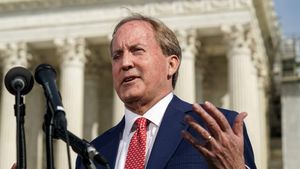





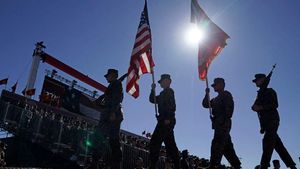
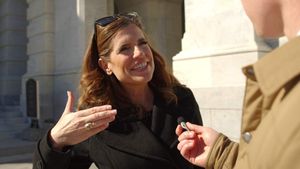

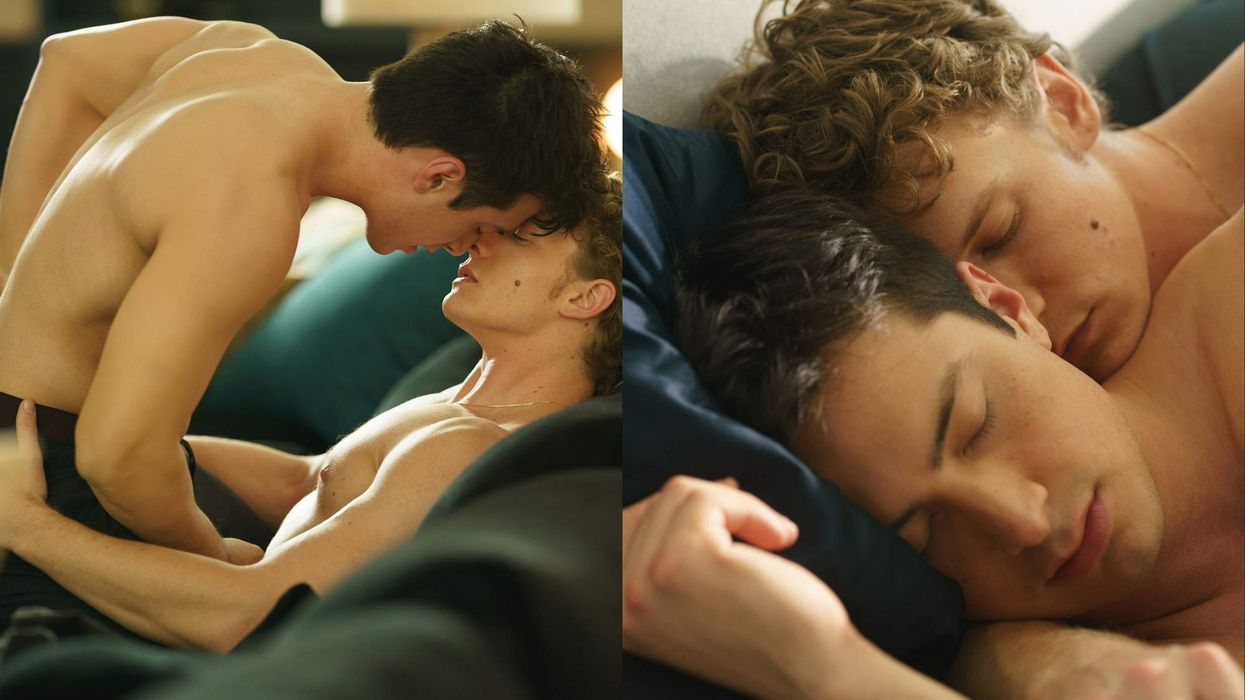

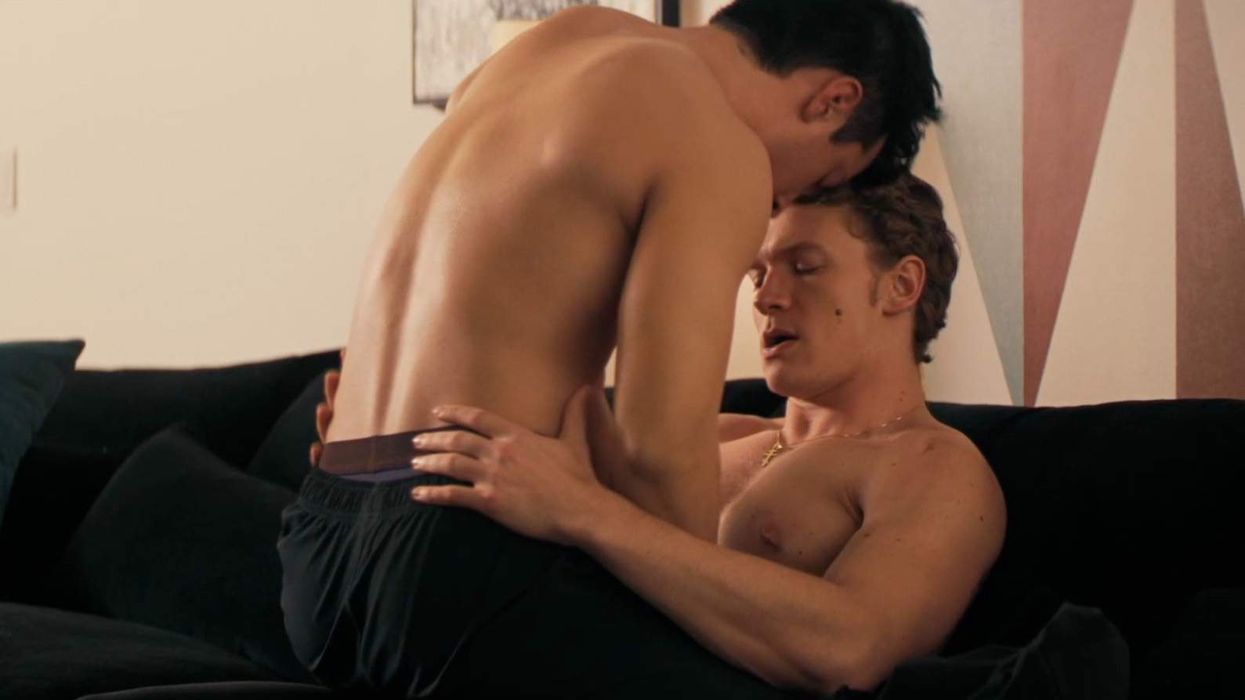


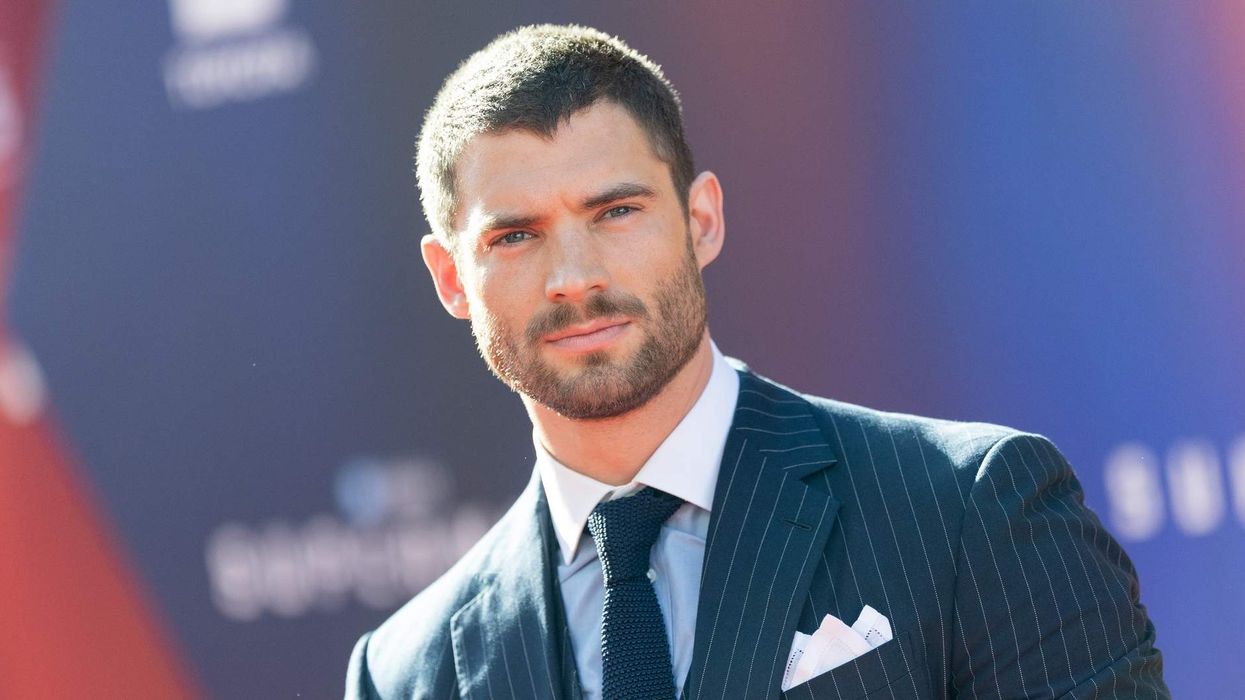

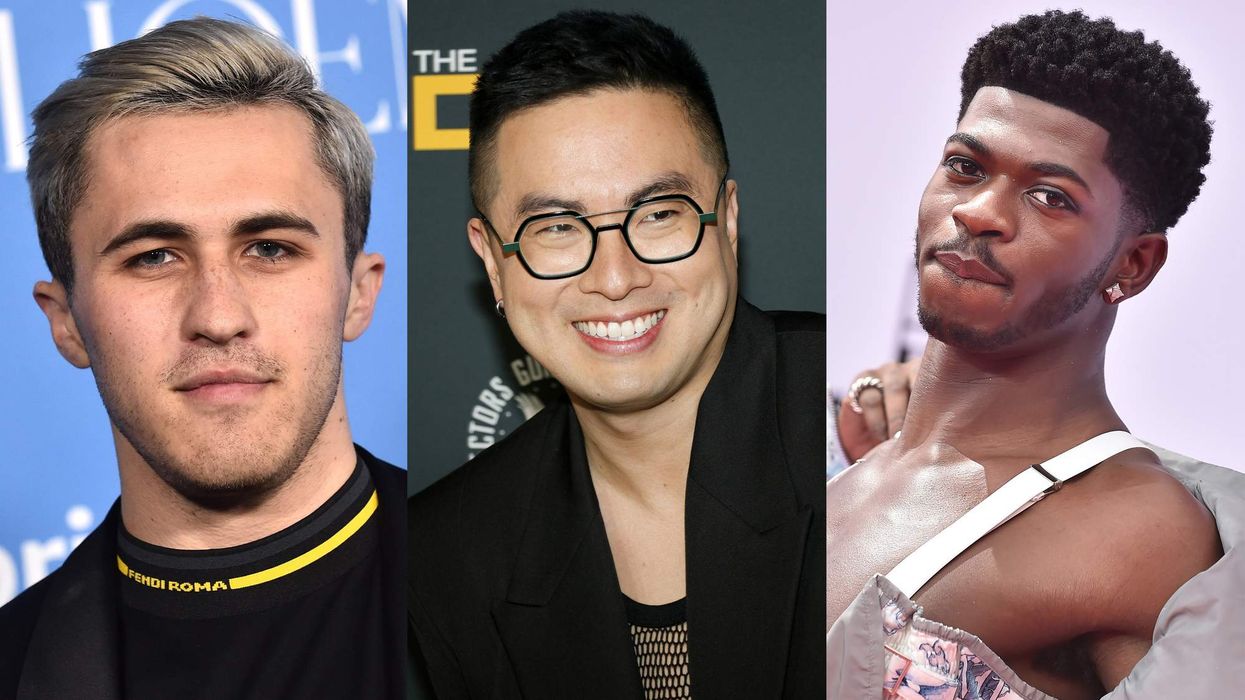
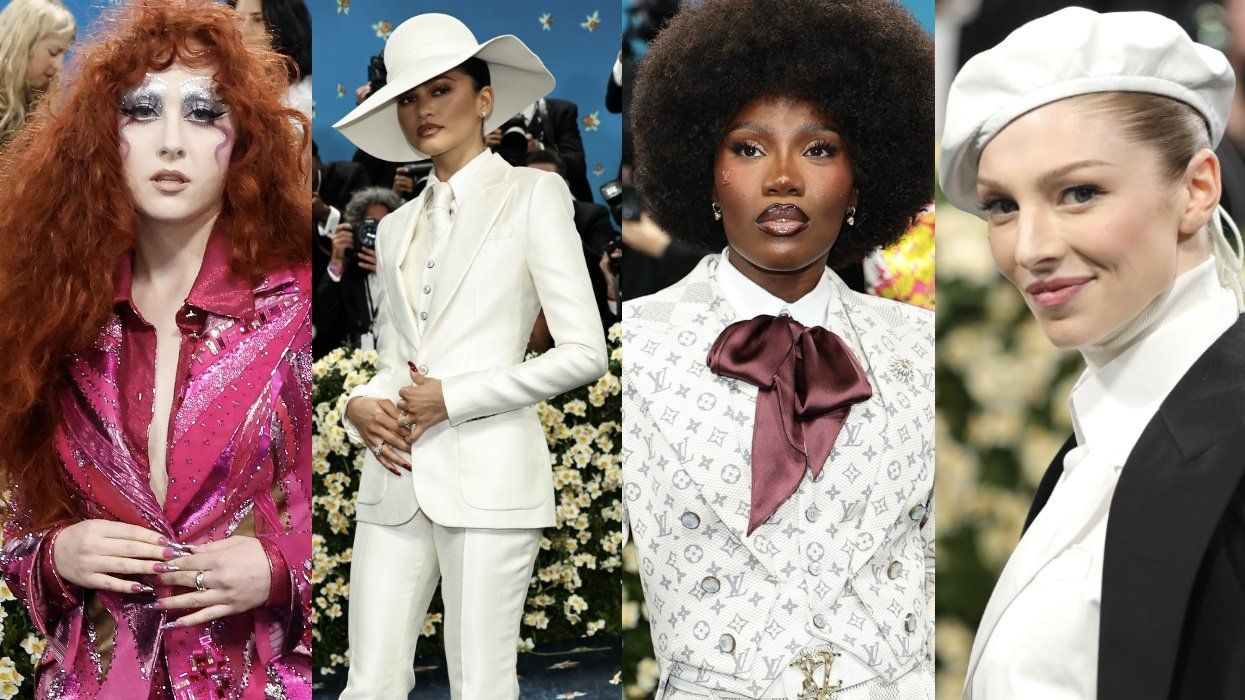
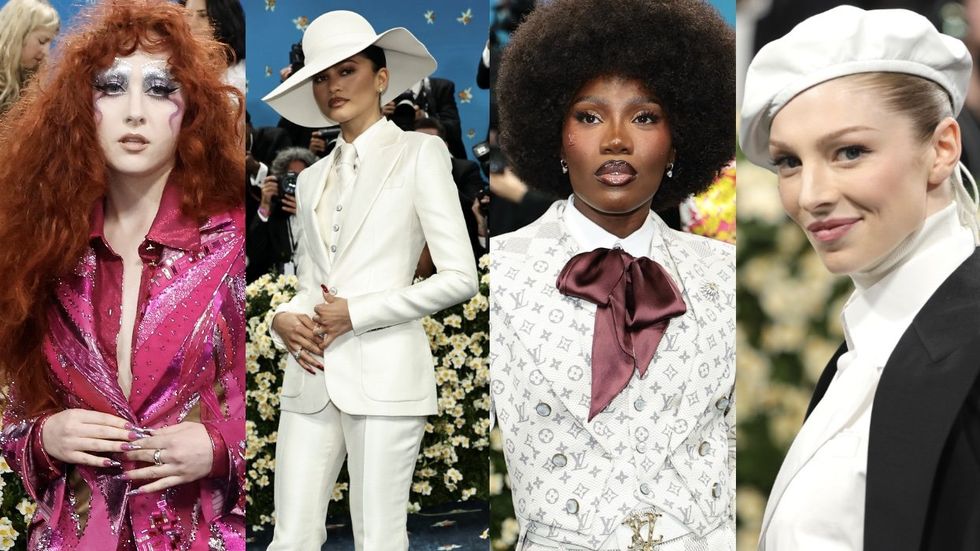



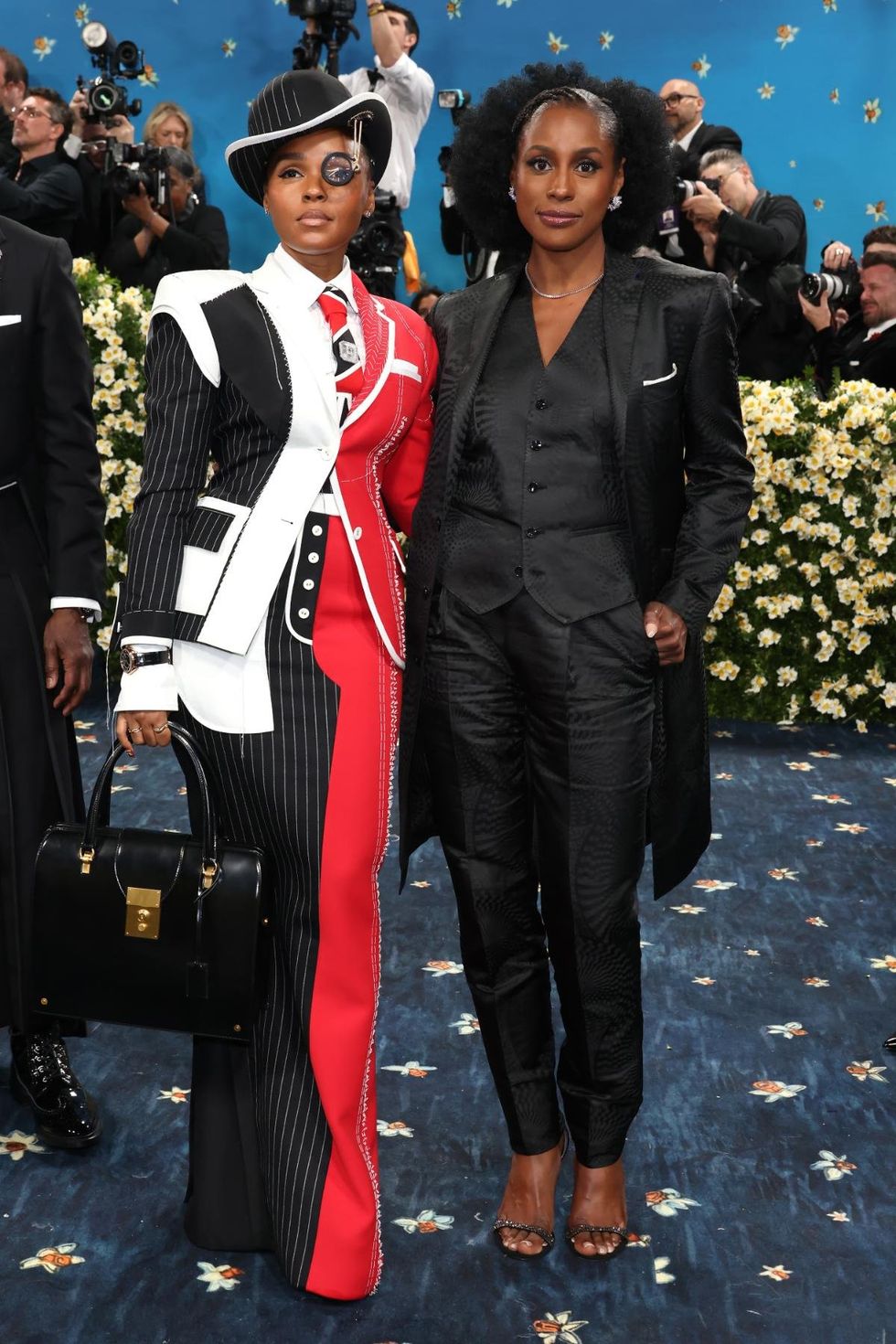














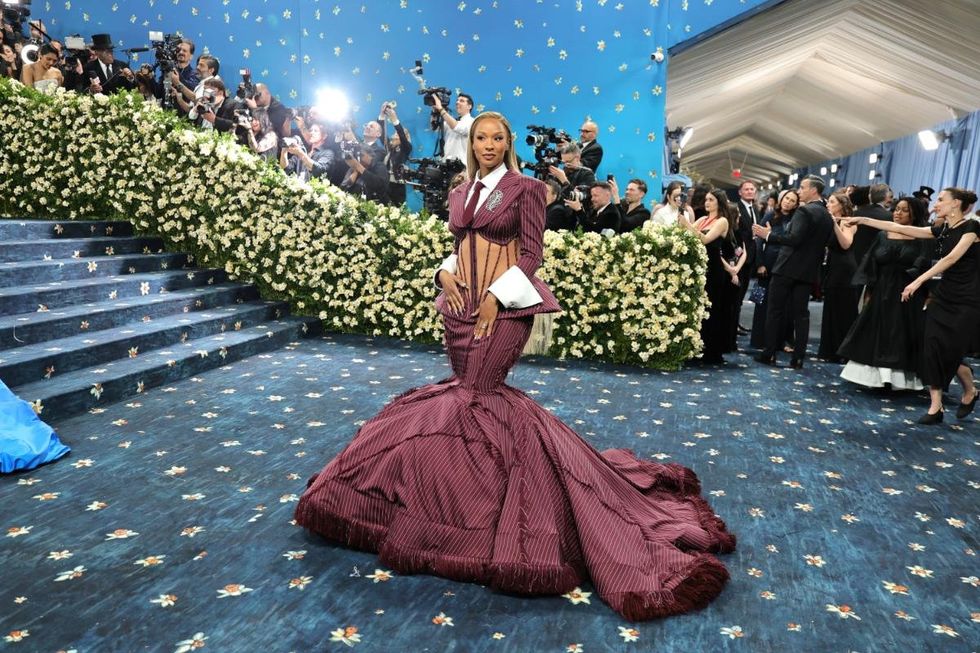

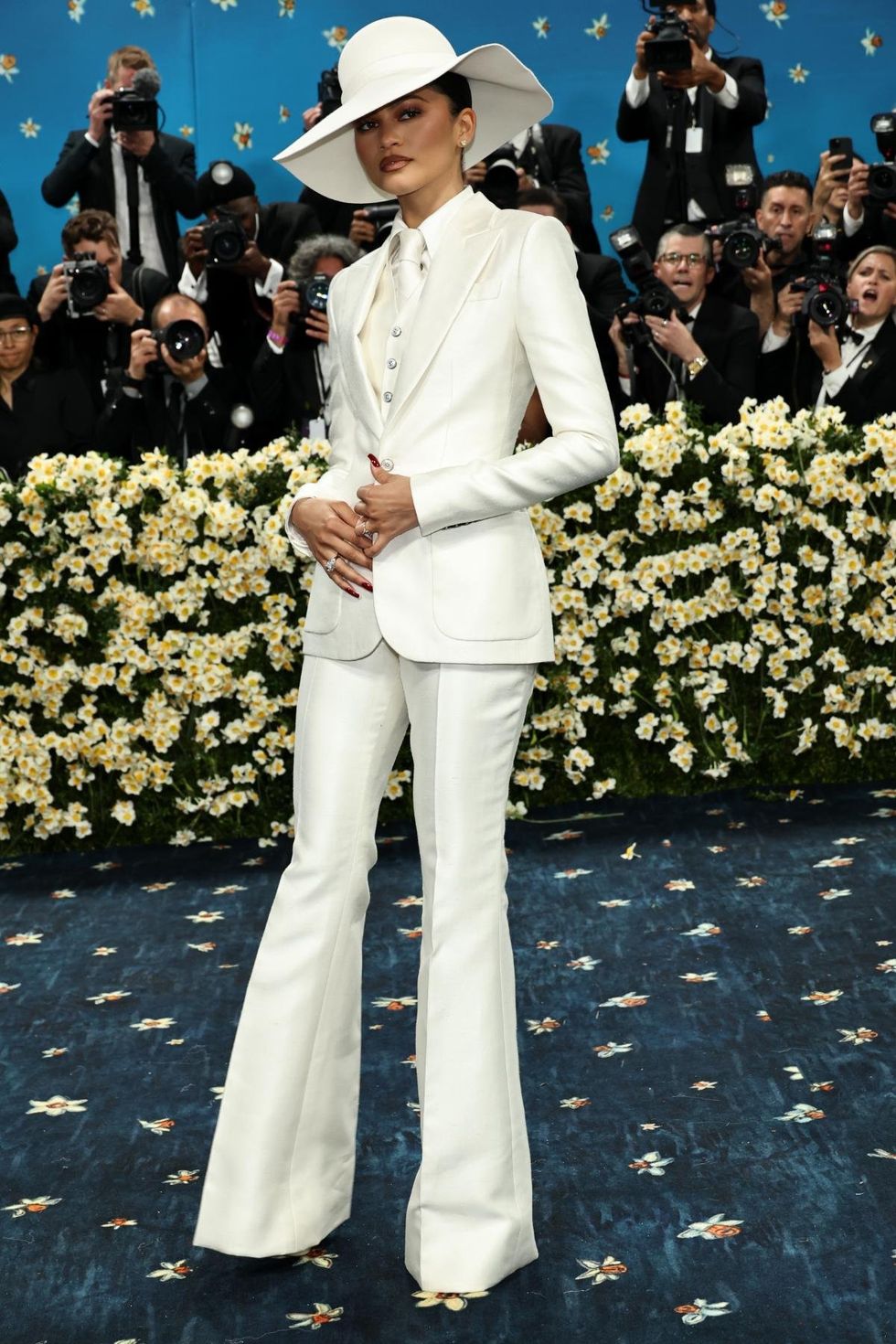



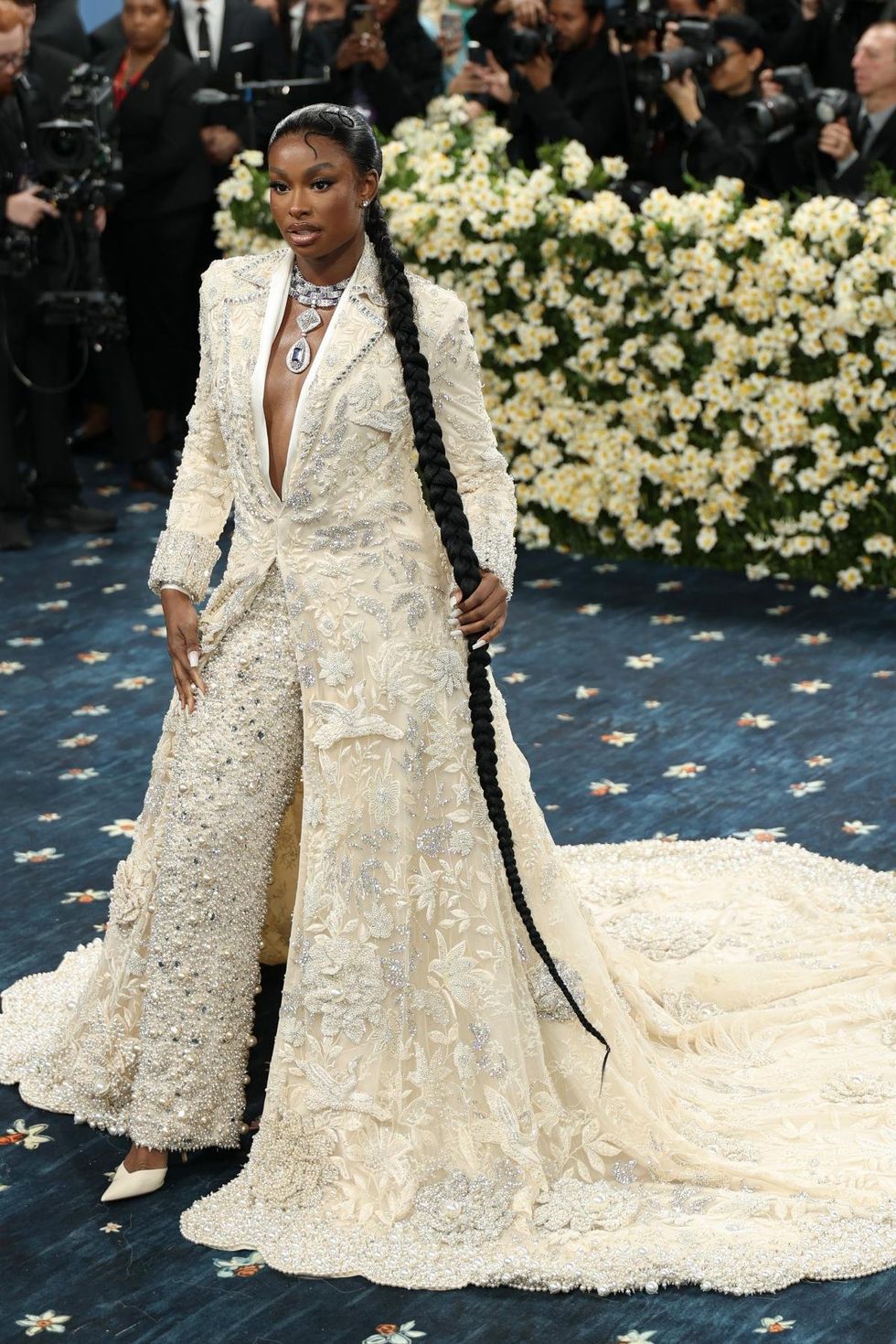



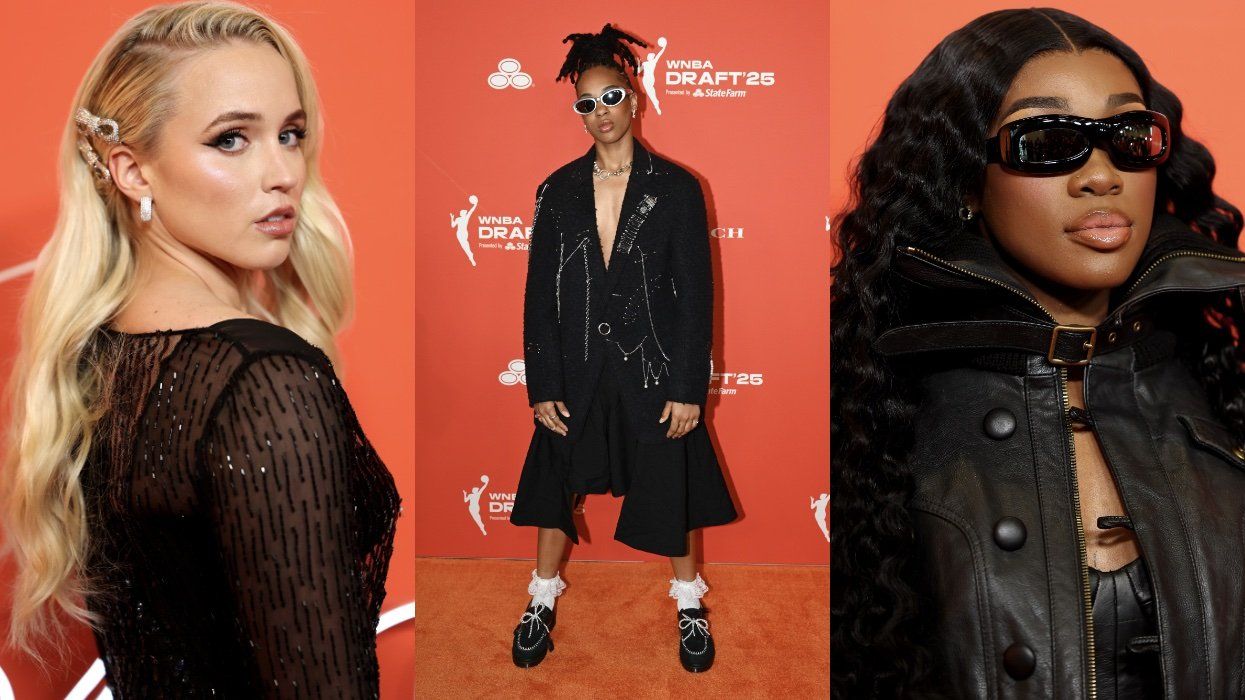
 Cindy Ord/Getty Images
Cindy Ord/Getty Images